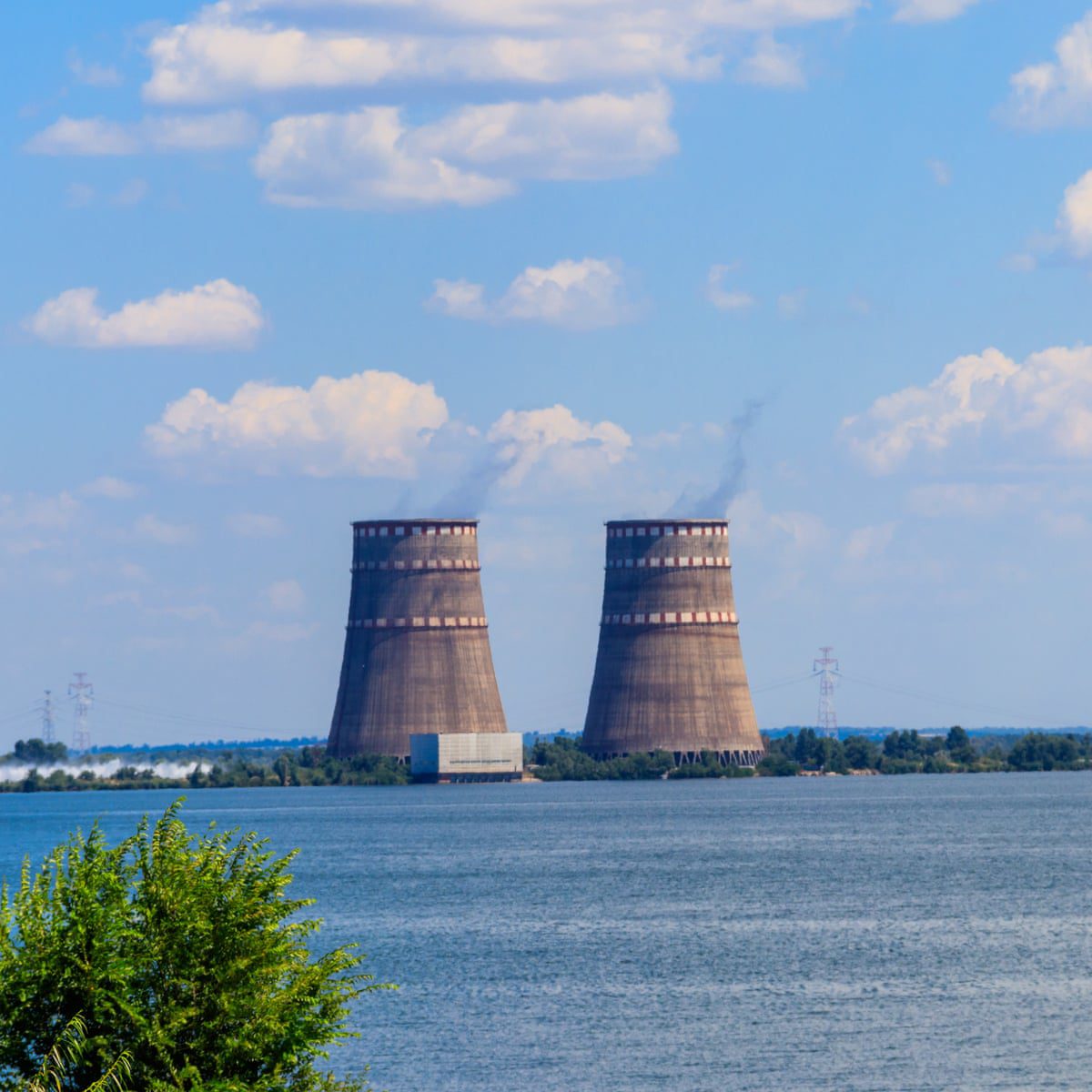(S&P Global Platts) Crude oil futures traded higher in mid-morning Asian trade March 4, after Russia attacked Ukraine’s largest nuclear plant in Zaporozhe, raising the risk for more sanctions against Russia.
At 11:45 am Singapore time (0345 GMT), the May ICE Brent futures contract was up $1.73/b (1.57%) from the previous close at $112.19/b, while the April NYMEX light sweet crude contract was $1.97/b (1.83%) higher at $109.64/b.
The attack on the Zaporizhzhia nuclear plant — which provides for than more than a fifth of Ukraine energy — could worsen the Russian-Ukraine conflict and may result in tougher sanctions on Russia further exacerbating supply tightness in the energy market, analysts said.
“Oil prices raced higher after the Ukrainian Zaporizhzhia nuclear plant caught fire. News that firefighters have been granted access to the plant has seen prices pull back slightly but it is likely to be a temporary lull,” Jeffrey Halley, senior market analyst, OANDA, told S&P Global Commodity Insights March 4.
Oil prices rebounded after settling lower March 3 on the increasing possibility of the Iran nuclear deal.
“Oil price retreated in the New York on hopes that an Iranian nuclear deal is imminent, but I think Brent crude prices will remain well supported at $110/b and for the uptrend to resume as Iranian supply cannot replace Russian supply,” Halley said.
S&P Global estimated that if the deal is successful, it would lift production by 750,000 b/d by August, plus 300,000 b/d of exports from storage, bringing much need balance to the oil market.
“Iran could secure a nuclear deal this month and that means the 80 million barrels of oil in storage could hit the market fairly soon,” Edward Moya, senior market analyst at OANDA said in a note March 4.
Meanwhile, the US Treasury Department provided its latest sanctions clarification, explicitly stating that payments for Russian oil exports “can and should continue,” S&P Global reported earlier.
This was in response to the waning interest in Russian Urals as traders err on the side of caution to not run afoul of increasing international sanctions. Analysts have estimated that 5 million b/d of Urals was struggling to find takers, with the Urals differential to dated brent weakening to minus $22.225/b on March 3.
“It looks like the Biden Administration won’t be banning Russian oil anytime soon and that might suggest we could see some exhaustion in the crude price rally,” Moya added.
Elsewhere, political instability in Libya could result in further supply tightness as standoff between factions resulted in the shutdown of the Sharara oil field.
S&P Global reported that an armed group in Libya shut 300,000 b/d from the western Sharara field on March 3. The outage follows a three-week shutdown through Jan. 10, driven by rivalry between the state-owned oil company NOC’s chairman and interim oil minister.
The dispute raised concerns that a strike threat at the Zueitina terminal, with 90,000 b/d of recent exports, could spread to other facilities in the east. The facilities collectively total 750,000 b/d of recent exports, according to S&P Global data.



